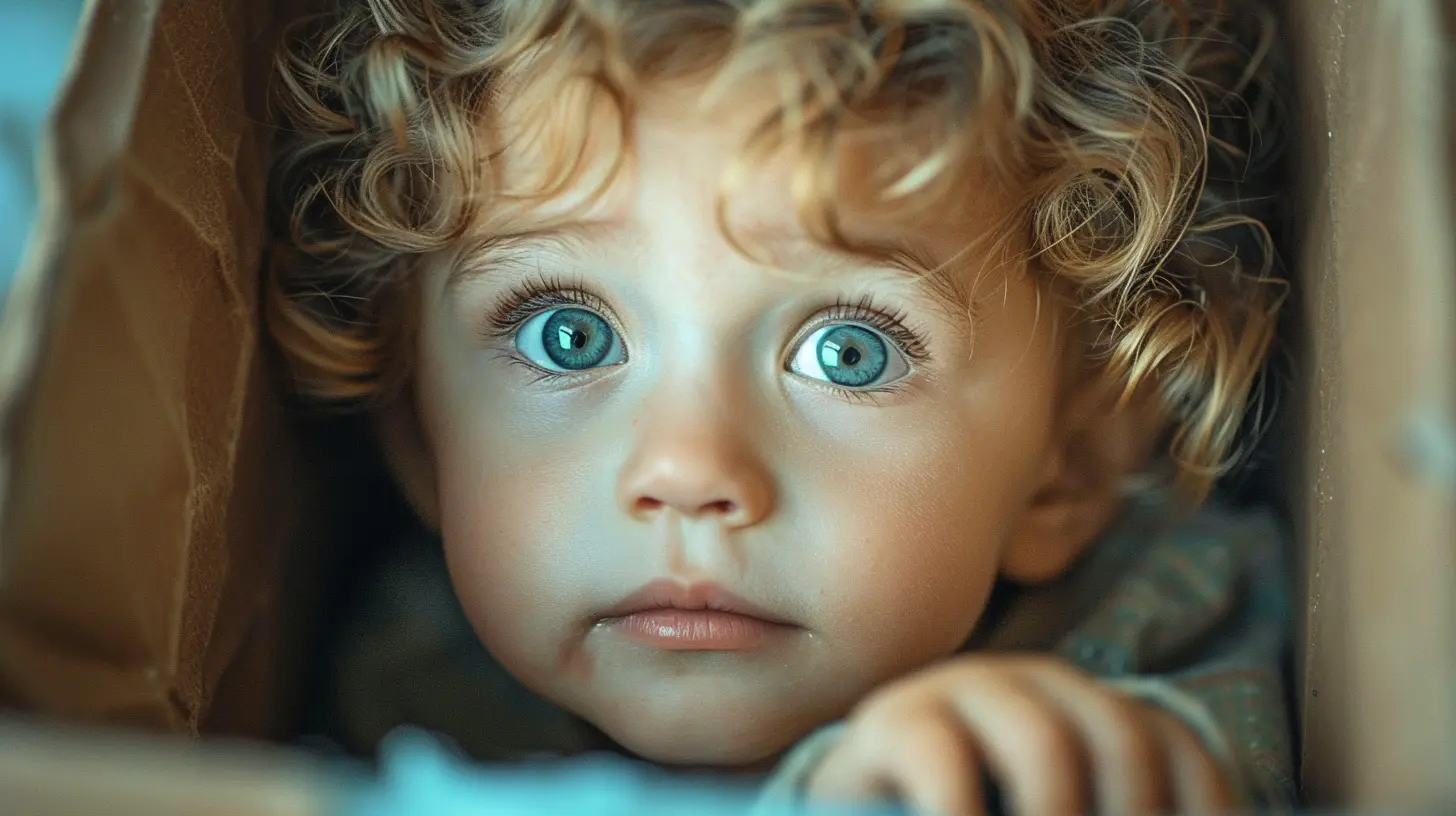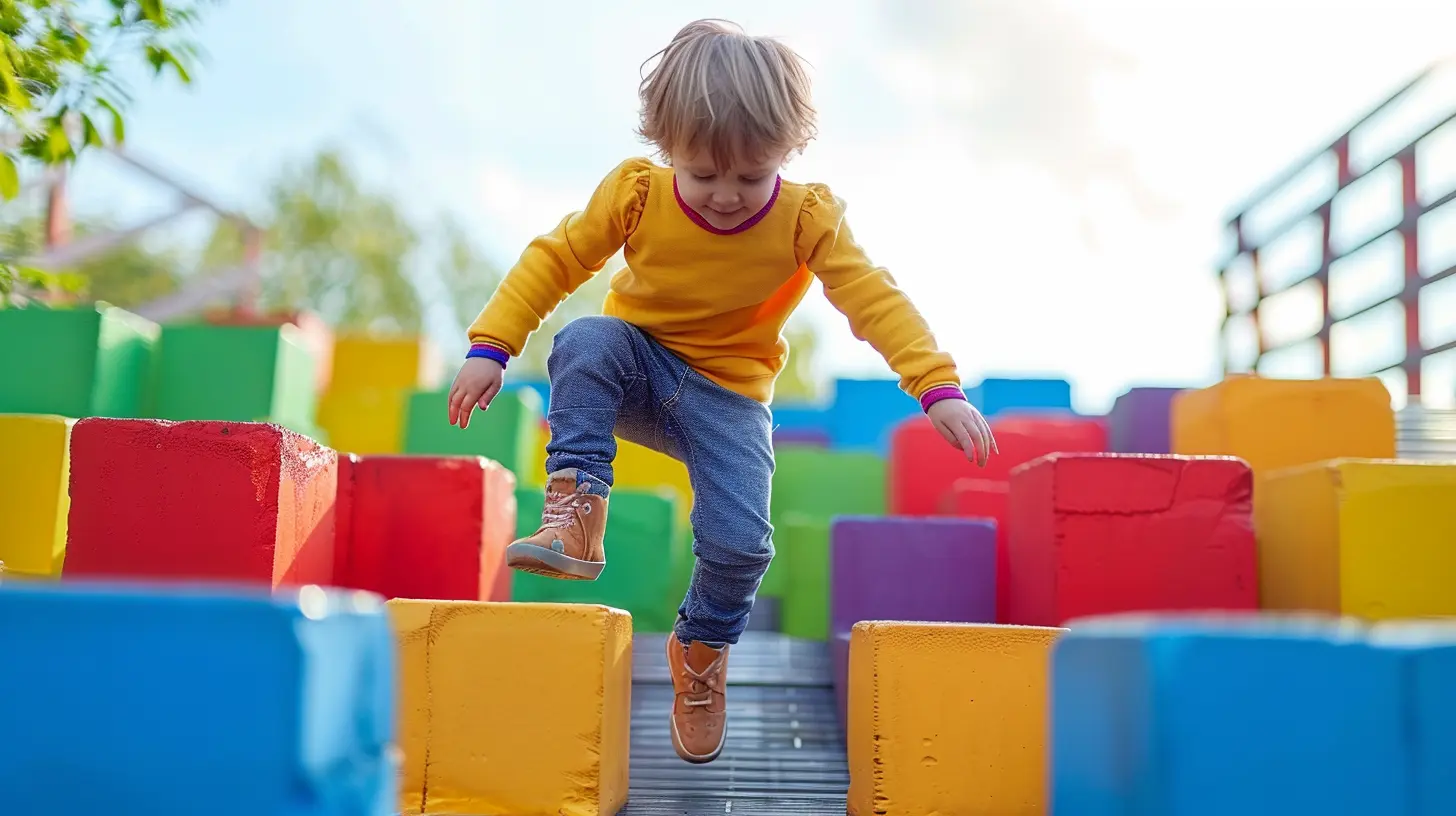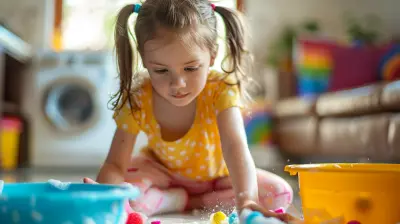Adapting to Change: Helping Your Child Navigate Developmental Transitions
8 July 2025
Let’s face it—change can be hard on adults. So, imagine how much more confusing it can be for kids. Whether it’s starting preschool, hitting puberty, or moving to a new neighborhood, developmental transitions are part of growing up. It’s like your child is constantly jumping from one lily pad to another in the great pond of life. And as their parent, you’re the frog whisperer, cheering them on with each hop.
The good news? You don't need a psychology degree or a crystal ball. You just need a whole lotta empathy, patience, and a bit of strategy. Buckle up—we’re diving deep into how to support your child through life’s inevitable developmental twists and turns!

What Are Developmental Transitions Anyway?
Developmental transitions are those pivotal moments where your child goes through big changes that affect their behavior, emotions, and even how they see the world.Some Common Transitions Include:
- Starting daycare, preschool, or kindergarten- Moving from elementary to middle school
- Puberty and all the joys that come with it
- Gaining new responsibilities like chores or homework
- Changing friends or social groups
- Moving to a new home or city
Each of these milestones can feel like a mini-earthquake in your child’s world. And just like you’d prepare for a real quake, a little prep goes a long way during these shifts too.

Why Transitions Can Feel So Overwhelming for Kids
Think back to your first day on a new job. You didn’t know where the coffee was, you forgot someone’s name five seconds after they told you, and your brain felt like a squirrel on espresso. That’s kind of what a transition feels like for kids—but on a bigger emotional scale.Kids crave routine. It’s their comfort zone, their safety net. When that routine gets shaken up, it can spark anxiety, confusion, and even some epic meltdowns.
But here’s the kicker: their brains are actually wired to adapt. They just need a bit of guidance. Guess who’s starring in that role? (Hint: it’s you.)
1. Start With Empathy
Let’s get one thing straight—your kid’s big feelings are real, not dramatic. Whether they’re nervous about starting a new grade or frustrated by potty training regression, meet them where they are.Try This:
- Say, “I get it. New things can feel weird. I’ve been there too.”- Use stories from your own childhood to normalize their experience.
- Avoid brushing off their worries with, “You'll be fine.” Instead, validate them with, “It's okay to be nervous.”
Empathy is like a warm hug for their overactive imaginations.
2. Prepare, But Don’t Overwhelm
Knowledge is power, but too much information can backfire. You don’t need to give your toddler a TED Talk before preschool. Keep explanations age-appropriate and bite-sized.For younger kids:
Use picture books, simple language, and role-playing games. Going to the dentist for the first time? Play dentist at home with their stuffed animals.For older kids:
Have open-ended conversations. Ask, “What are you most excited or worried about?” instead of prying with yes/no questions.Moderation is key. You’re not prepping them for a space launch—just laying the groundwork for confidence.
3. Normalize Their Emotions
Feelings are temporary, but when you’re five (or fifteen), a bad day can feel like the end of the world.Let your child know that having emotions is okay—even the uncomfortable ones. It’s how they process change.
What You Can Say:
- “It’s okay to feel nervous. That just means this matters to you.”- “Feeling mad doesn’t make you a bad kid. It just means you need help sorting things out.”
Think of emotions like waves—they come, they go, and they don’t define the ocean.
4. Create a Safe Space
Whether it’s a cozy corner to cuddle or a quiet 10-minute chat before bed, your child needs a soft landing spot.During transitions, their world might feel shaky. So the consistency of your support becomes their anchor.
Simple Ways to Make Home Feel Safe:
- Stick to familiar routines where you can- Keep bedtime rituals consistent
- Create a visual schedule if routines are changing
Your presence is the ultimate security blanket. You're their home base.
5. Celebrate Small Wins
Who knew independence could be so... messy? (Looking at you, self-dressed toddler wearing shorts over snow pants.)But hey—progress is progress. During transitions, it’s super important to notice and celebrate the small stuff.
Examples?
- “You remembered your lunchbox! High five!”
- “You made it through your first week of middle school—rockstar!”
Positive reinforcement isn’t about gold stars—it’s about showing your child that effort matters more than perfection.
6. Use Transitions as Teachable Moments
Life throws curveballs, but every transition is a chance to teach resilience. Instead of shielding your child from all discomfort, show them how to face it with confidence.Teach Coping Skills Like:
- Deep breathing or “blowing out birthday candles”- Drawing or journaling feelings
- Talking it out instead of acting out
Little by little, they'll learn that being uncomfortable isn’t the end—it’s actually the start of growth.
7. Keep Communication Open (Like, Always)
This one’s a biggie. Your child may not always have the words to explain what they’re feeling. So, it’s up to us to create an emotional open-door policy.Tips for Keeping the Lines Open:
- Ask, “How did you feel about today?” instead of “What did you do?”- Check-in during low-pressure moments like car rides or while cooking
- Show them you’re listening with your eyes and ears (phones down, fam)
Silence doesn’t always mean “nothing’s wrong.” Sometimes, it means they’re waiting to see if it’s safe to speak.
8. Don’t Forget to Take Care of YOU
Yes, this is about your child—but let’s keep it real: transitions can be tough on parents too. Watching your baby grow up and hit new milestones is beautiful... and a little heartbreaking.Give yourself grace. It’s okay to feel all the feels too. When you model healthy ways to manage change, your child learns by example.
Lean on your village—call a friend, join that parenting group, and hey, take a break when you need one. A burnout parent won’t do anyone any favors.
9. Know When to Reach Out For Help
Some transitions are smooth. Others? Not so much. If your child is showing signs of prolonged stress—like sleep issues, withdrawal, or behavior changes—it might be time to bring in the pros.There’s no shame in asking for help. Therapists, school counselors, and pediatricians can all be fantastic resources.
Your child doesn’t need to have something “wrong” to get support. Think of it as emotional coaching. Even the best athletes have one.
10. It’s Okay If It’s Not Perfect
Listen, parenting isn’t about doing everything right. It’s about being there, trying your best, and adjusting when things get bumpy.Transitions don’t need to be flawless. In fact, the messier ones often bring the biggest growth—for both of you.
So if your child cried every morning of the first week of preschool—or if they’re slamming doors during puberty—that doesn’t mean you’ve failed.
It means you’re in it. And being in it—loving your child through the chaos—is what matters most.
Final Thoughts
Adapting to change is part of life. While developmental transitions can feel like emotional rollercoasters, they’re also opportunities to build resilience, strengthen your bond, and raise humans who can face the world with courage.There will be bumps, maybe even a few spectacular meltdowns along the way. But with empathy, openness, and a sense of humor, you and your child can navigate change together—one lily pad hop at a time.
You’ve got this. And even if today was a mess, remember: tomorrow is a brand new chance to try again.
all images in this post were generated using AI tools
Category:
Child DevelopmentAuthor:

Austin Wilcox
Discussion
rate this article
2 comments
London Marks
Absolutely loved this article! 🌟 Navigating developmental changes can feel daunting, but it's also a wonderful opportunity for growth—for both you and your child! Embrace the journey, stay positive, and remember: every transition is a step toward new adventures. You've got this! 🥳
November 26, 2025 at 3:29 AM
Whitney McQuillan
In the gentle tide of growing years, We guide our little ones through shifting fears. With open hearts and hands to hold, We weave the stories that make them bold. Embrace the change, let love unfold.
August 1, 2025 at 3:24 AM

Austin Wilcox
Thank you for beautifully capturing the essence of guiding children through change. Your words resonate with the importance of love and support during their developmental journeys.


